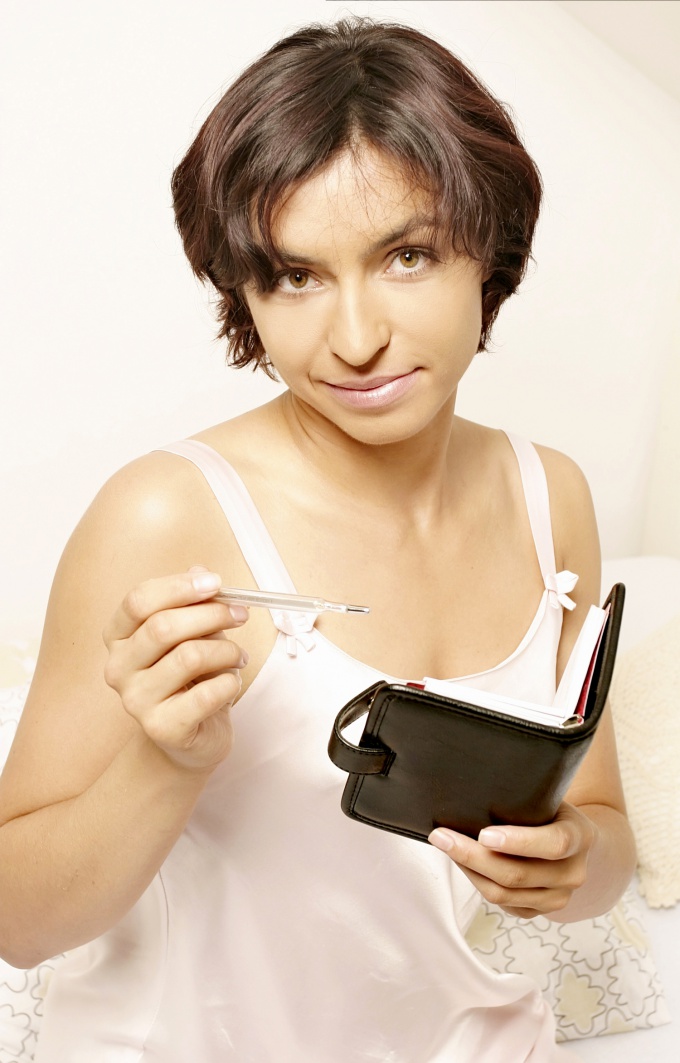You will need
- thermometer;
- - ovulation test;
- - visit to the gynecologist;
Instruction
1
Count what is the average length of your cycle, remember, didn't happens if you have a long delay of menstruation. If the cycle is unstable, or longer than 45 days, then it may indicate hormonal imbalance, which can lead, including lack of ovulation.
2
Measure basal temperature every morning throughout the cycle. Normally, when ovulation occurs a jump in basal body temperature by about 0.2°C, and the temperature is above 37°C. No changes in basal temperature indicates a possible lack of ovulation. If the temperature does not rise above 37°C, even in the presence of temperature changes, it also should pay attention and inform your doctor.
3
Buy in the drugstore test for ovulation. These tests determine the presence of urinary luteinizing hormone, which provides the release of an egg from the Mature follicle. Keep in mind that a positive test does not always suggests that ovulation has occurred – it happens that the concentration of the hormone is not enough to ensure ovulation, and tests are already sensitive to this concentration.
4
The most reliable way to find out if you have disorders in the functioning of the ovaries, to go on reception to the gynecologist. It is preferable to choose a specialized family planning center, where you will spend ultrasound of the ovaries. Depending on the results, your doctor may order additional tests, such as tests for a certain range of hormones and various infections. After the necessary examinations the doctor will prescribe a treatment.
Note
On Internet forums you can often find discussion of treatment between girls who have those or other problems in the reproductive system. Sometimes you can find recommendations to drink a particular drug, as the Complainant, he was effective. Do not follow these guidelines, remember that the drug appoint a doctor and only the results of the survey. If you have doubts about the treatment which you have appointed, you should consult in person with another doctor.
Useful advice
If you find that you are not going ovulation, do not despair, in most cases this can be corrected with hormonal therapy. After normalization of the cycle can again begin planning for the child.

